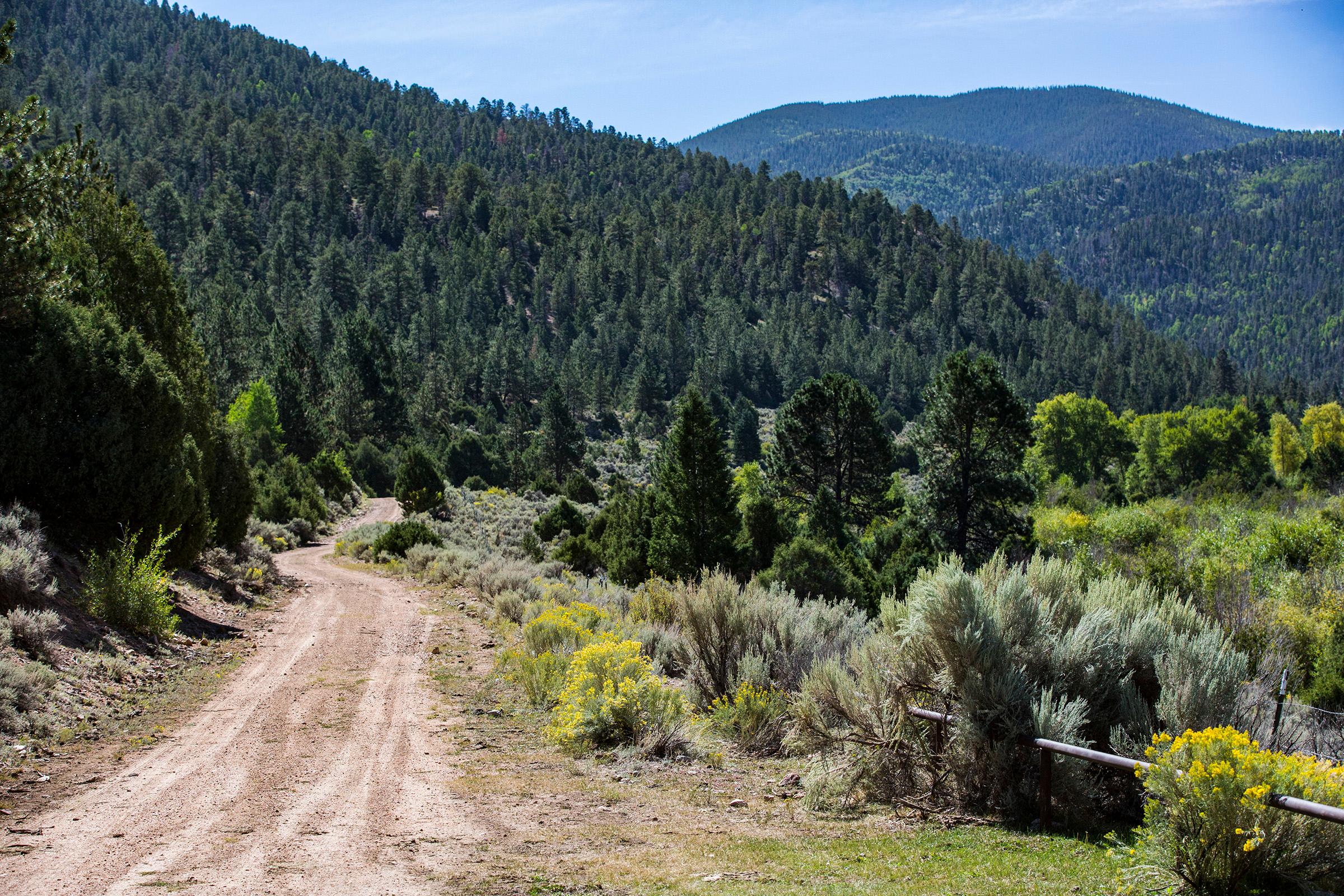

Heirs to a 155-year-old Mexican land grant and nearby landowners will continue to have access to the privately-owned 83,000-acre Cielo Vista Ranch in southern Colorado, the Colorado Court of Appeals ruled earlier this month.
The new owner of the ranch, William Harrison, the son of a Texas oil billionaire, had sought to restrict who could use the land by appealing the implementation of a pair of Colorado Supreme Court rulings from the early 2000s. He said too many locals in Costilla County had access, and that some were overstepping their court-granted rights to collect firewood, collect wood for construction and to graze livestock.
Sept. 2018: Historic Promises Give Way To Yet Another Land Fight
The appeals court disagreed. “In short, because the record does not show that Ranch Owner ever presented evidence of actual or imminent overuse, we cannot agree with Ranch Owner’s contention that the trial court was required to consider the remedy of apportionment in order to avoid damage to the Ranch’s resources,” the court wrote.
The court, in fact, moved to increase the number of people with access. It took issue with the process in place to adjudicate access rights and instructed a trial court charged with overseeing the process to identify “all remaining owners of benefited lands in Costilla County.”
Ranch owner Harrison did not respond to a request for comment. Shirley Rotero-Omero, a Costilla County native and president of the Land Rights Council, said Harrison has until the end of the year to file an appeal with the Colorado Supreme Court. If that doesn’t happen, she said, the legal conflict over the ranch, which stretches back decades, will finally be over.
"What it means is that this case, after 37 years, is coming to an end," she said.
Rotero-Omero said her next steps are to improve relations with Harrison and develop a land-use policy for the ranch, which includes 14,047-foot Culebra Peak. At roughly 130 square miles, it's nearly the size of the city of Philadelphia and contains thousands of elk and more than 100 miles of creeks.
“Hopefully we can shift gears now and start what I call the second chapter of this struggle,” she said. “And that is focusing on keeping that mountain healthy and keeping those resources intact for at least seven generations."









